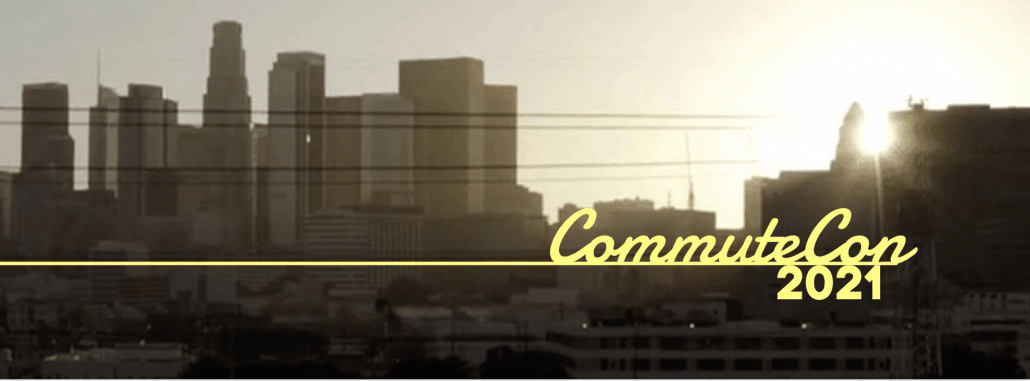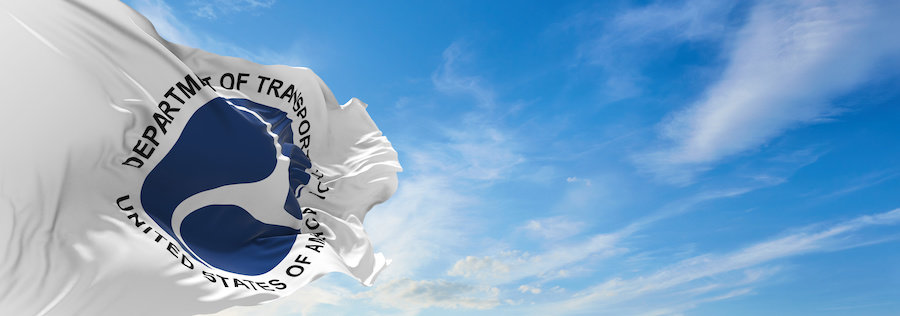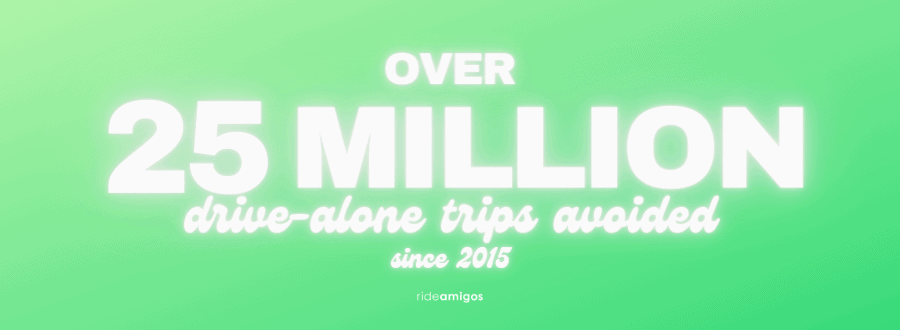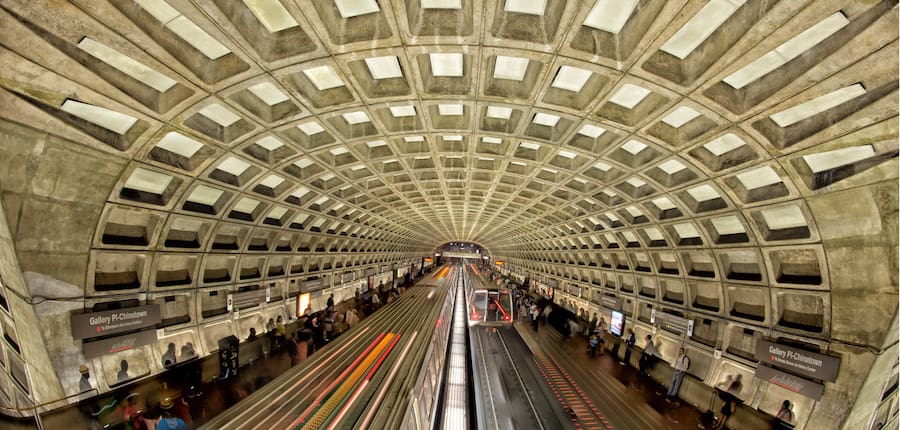The fresh-start effect and a personal touch are key to influencing a commuter’s choices. By combining them and creating new fresh-starts we may be able to break through strong commuting habits and reduce the number of cars on the road.
Every day workers around the world use single occupancy vehicles to commute to and from work, driving energy use from the transport sector. For most workers, their commute is the most dreaded part of their day. Even so, commuting habits remain some of the most difficult to change. Daily habits create strong default behaviors that are difficult for commuters to overcome, and in some cases, bad policy continues to enable bad decision making. Luckily for everyone, employers and governments are dedicating more resources to helping commuters to commute smarter and are engaging with researchers to identify strategies to encourage commuters to leave their cars at home. Piecing together insights from behavioral science research as well as best practices in transportation demand management (TDM), could offer us a roadmap to successfully reducing the use of single occupancy vehicles while also helping commuters dread their mornings a little less.
How big of a problem is the daily commute?
The burden of the daily commute is a reality for millions of people around the world. In the United States alone, the average commuter spends nearly an hour of their day in transit and 75% of those are driving alone in cars. The negative impact on commuters creates unhappy workers and has even led nearly a third of commuters to quit their jobs over their commute.
Beyond the individual, these commuting habits have negative externalities for the organizations that these commuters work for as well as their surrounding communities. Companies struggle with employee turnover and low morale caused by poor commutes, and spend a lot of money trying to make commuting easier, often by providing free parking to all employees. The communities that these commuters originate from as well as those that house the organizations, face increased congestion and air quality issues. In fact, nearly a quarter of global energy-related CO2 emissions come from transportation.
Why is commute behavior so hard to change?
With all of the negative externalities associated with the commute, and in particular with the drive alone commute, companies and governments across the world have begun to try to convince drivers to leave their cars at home and take advantage of alternative commuting options. As previously noted, the most effective strategies involve appropriately pricing the use of the car to the user. This could include anything from charging market price for parking, to congestion pricing on roadways or in city centers. However, although these strategies are proven effective, they are usually not practically feasible, particularly in the United States where car culture and the affordability of gasoline drives most transport decisions. As a result, employers and governments have turned to offering positive incentives for the use of available alternative modes, and are increasingly experimenting with the concept of ‘nudging’ to encourage commuters out of their vehicles.
Reliance on personal vehicles is a deeply ingrained default behavior, particularly in the United States, and as a result is incredibly difficult to encourage commuters to shift away from. Additionally, though nudges have been shown to be effective with regard to one-off behaviors, such as voting, they are less proven as approaches to shifting habitual behaviors such as commuting and various basic nudges have proven ineffective at shifting commuter behavior.
So, what DOES work?
One strategy, however, that has shown some promise with regard to influencing commu choices is to employ nudges that leverage the fresh-start effect. This is based on a theory that individuals are more apt to alter their behavior during moments of change, such as starting a new job or relocating their home. In fact, Transportation Demand Management (TDM) professionals have used the fresh-start effect for years by introducing employees to transportation options during new employee orientation or onboarding and helping individuals overcome perceived barriers to using alternatives for commuting.
This approach also requires a very personalized application of trip and commute mode planning. A recent set of experiments demonstrate some promise for a scaled/automated version of this personalized experience can have an impact on user mode choice during their commute. The experiment, conducted by a team from the Center for Advanced Hindsight and the City of Durham, in collaboration with RideAmigos, created a personalized trip-plan for commuters to North Carolina Central University in Durham, NC. This trip-plan was shared directly with two groups of student commuters via email, while an additional group served as a control. The findings, based on self-report survey data, show a statistically significant mode shift of greater than five percent during the survey period.
Putting it all together
With these two positive data points, it would be pertinent to consider how a scaled, personalized model could be applied more effectively and during fresh-start periods. Further, given the shifting realities of commuting, with more employees working from home some of the time and/or often travelling to and from different locations it may be possible to create fresh-start periods more frequently. Historically, TDM professionals have focused on fully or predominantly shifting a commuter from one mode to another. With increasing commute flexibility, the focus should be on shifting a substantial subset of the commuting population on any given day, rather than trying to convince specific commuters to fully change how they get to and from work. This is an easier task, and from the commuter perspective, more sustainable in the long run as it maintains their ability to handle unforeseen situations that may arise and require that they drive to work.
Want to Learn More?
If you are interested in applying science-based approaches to the commute, or are looking for technology to support innovative research, contact RideAmigos here, or reach out directly.
About the author:
Corey Tucker is the Director of Innovation at RideAmigos. With nearly 10 years of experience in transportation, most focused on transportation demand management (TDM), and a strong background in transportation and behavioral science research, Corey is focused on bringing innovation to the TDM industry. Since joining RideAmigos, Corey has helped numerous clients in designing and refining their TDM programs. Building on this experience, she spearheaded research efforts with universities and agencies across the country with the goal of establishing the best approaches to leveraging behavioral science to influence how people commute. Corey’s dedication to research keeps her focused on evidence-based decision making and product development. She has a track record of developing and strong public-private partnerships with universities and agencies to solve common problems, and she leads efforts to embed the insights learned in these engagements to enhance the RideAmigos product suite.






